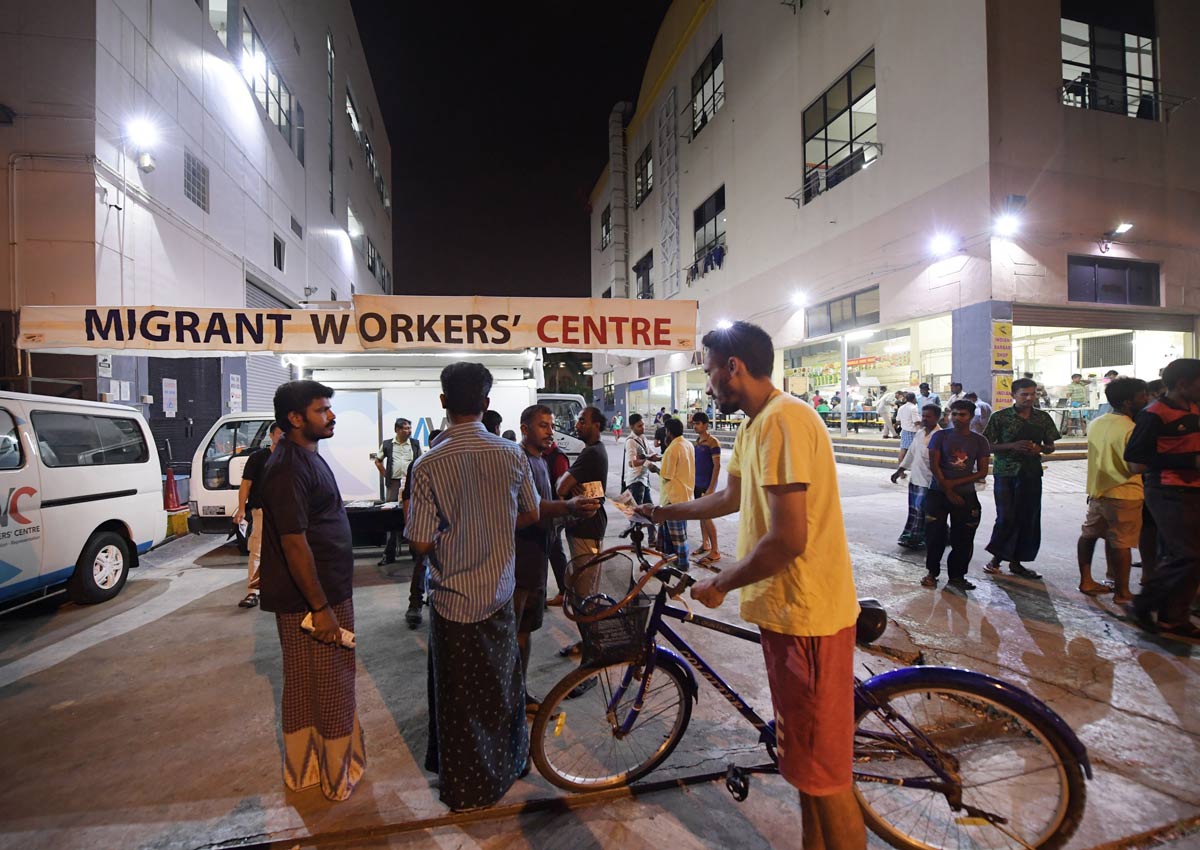Migrant workers have been with us for centuries.
When modern Singapore was founded in 1819, migrants came here from across Asia to make a living – some returned home, others stayed on, as did many other migrants all over the world.
But only recently did the contributions of migrants get global recognition.
In 2000, the United Nations proclaimed Dec 18 as International Migrants Day.
On that day in 1990, a decade earlier, the UN adopted the International Convention on the Protection of the Rights of All Migrant Workers and Members of Their Families. The international treaty spells out protections for migrant workers and their families.
Since then, the day has been observed by countries in the world in various ways.
Singapore does not mark the day in a big way. There are no official events held around it and it does not appear on the diary of activities of the Ministry of Manpower (MOM).
However, a number of non-governmental organisations (NGOs) are celebrating the day by acknowledging the contributions of migrant workers here.
These workers form a significant proportion of the Singapore population and labour force.
There are about 1.4 million foreign workers in Singapore, out of a workforce of 3.7 million and a population of 5.6 million.
This means that about one in four people here is a foreign worker. And about two in five workers here are foreigners.
The bulk of these foreign workers, about one million of them, are work-permit holders doing manual work, for example, as construction workers and maids.
Unlike top-rung foreign executives who come to Singapore on expatriate terms with their families in tow, those doing manual work receive low pay and live in dormitories or others’ homes.
Without family support, they turn to non-governmental organisations for help when they run into problems.
NGOs say that the common problems these workers face are injuries related to work, salary and employment-related disputes and poor working conditions.
There are no official statistics on the number of foreign workers who die and are injured on the job, or those embroiled in disputes with their employers.
One of the oldest groups helping migrant workers is the Archdiocesan Commission for the Pastoral Care of Migrants and Itinerant People (ACMI). Commissioned as a ministry by the Roman Catholic Archbishop of Singapore in June 1998, ACMI has largely kept a low public profile.
The four big NGOs in the field are the Migrant Workers’ Centre (MWC), Humanitarian Organisation for Migration Economics (Home), Transient Workers Count Too (TWC2) and HealthServe.
The MWC is backed by the Government, the National Trades Union Congress and the Singapore National Employers Federation. It has the most resources in terms of manpower and funding.
Home has long been a champion for maids, offering training for them in vocational skills. It also runs the largest shelter for maids here.
TWC2, which runs a soup kitchen and provides shelter services, sees itself as a lobby group and advocate of migrant workers’ rights.
HealthServe is the only NGO that provides low-cost medical and dental care for workers, besides running shelters and a soup kitchen.
Apart from these four big groups, there are several other smaller players in areas such as training and raising awareness of migrant workers’ issues among university students.
Each of them fills a niche.
The MOM acknowledges the work of these NGOs. A ministry spokesman says: “The NGOs, together with many other stakeholders, such as the unions and employer associations, complement MOM’s efforts to take care of the migrant workers.”
On International Migrants Day today, Insight tells the stories of the NGOs that look after the welfare of these workers and speak up on their rights.
tohyc@sph.com.sg
joseow@sph.com.sg

This article was first published on December 18, 2016.
Get a copy of The Straits Times or go to straitstimes.com for more stories.






